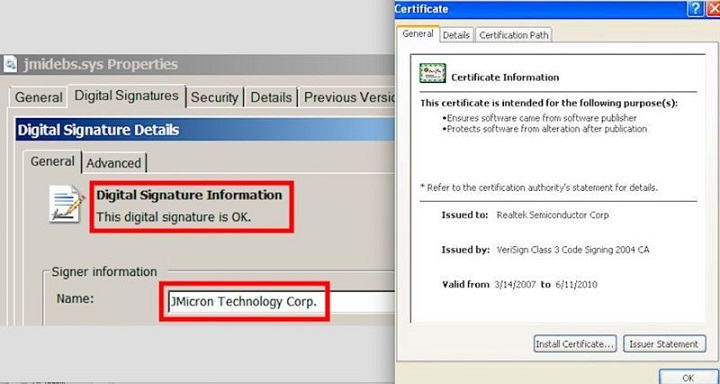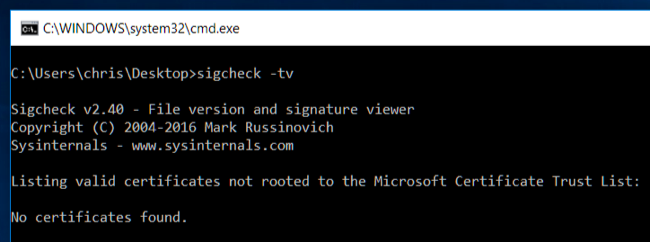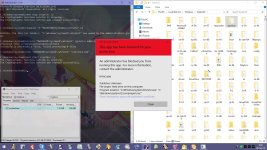- Jul 27, 2015
- 5,459

The two legitimate signing certificates Stuxnet used to bypass Windows protections.
Quote : " Stuxnet famously used legitimate digital certificates to sign its malware. A research paper from last year found that the practice is much more common than previously thought.
Now, researchers have presented proof that digitally signed malware is much more common than previously believed. What's more, it predated Stuxnet, with the first known instance occurring in 2003. The researchers said they found 189 malware samples bearing valid digital signatures that were created using compromised certificates issued by recognized certificate authorities and used to sign legitimate software. In total, 109 of those abused certificates remain valid. "
" The results are significant because digitally signed software is often able to bypass User Account Control and other Windows measures designed to prevent malicious code from being installed. Forged signatures also represent a significant breach of trust because certificates provide what's supposed to be an unassailable assurance to end users that the software was developed by the company named in the certificate and hasn't been modified by anyone else. The forgeries also allow malware to evade antivirus protections. "

